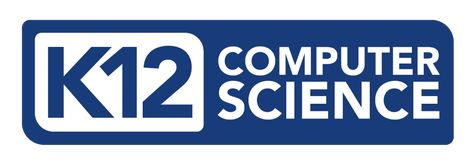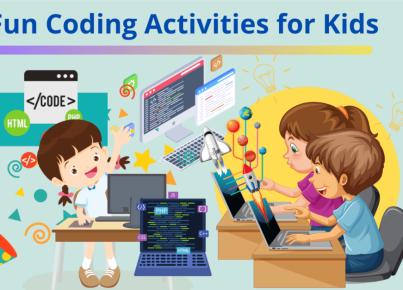Introduction:
The world of education is rapidly changing, and one of the most exciting advancements in recent years has been the introduction of K-12 computer science framework. This new curriculum aims to teach children and young adults about computer science from an early age, increasing their awareness and understanding of technology as it becomes an increasingly important part of daily life.
Why a K-12 Computer Science Framework is Important:
In today’s digital age, mastering computer science skills has become crucial for all age groups. With technology constantly evolving, providing students with a strong foundation in computer science at the primary and secondary levels can ensure seamless adaptation to emerging trends and innovative industries. The implementation of a K-12 computer science framework will empower students to become global leaders in a rapidly expanding technology-driven world.
The Big Picture:
The ultimate goal of this new K-12 computer science framework is to create a comprehensive program encompassing key concepts and practices across all grade levels. This includes introducing essential computing concepts such as algorithms, data representation, programming languages, and software engineering. Combined with a more diverse set of learning methods, students will gain valuable experience through hands-on activities, collaborative projects, critical problem-solving exercises, and real-world application opportunities.
Benefits of the K-12 Computer Science Framework:
1. Early Exposure: By integrating computer science education at younger ages, children develop an increased affinity towards tech-related subjects, thereby fostering creativity, critical thinking, collaboration skills – all vital for success in modern workplaces.
2. Inclusivity & Diversity: Accessible computer science education will help bridge gender gaps and underrepresentation within tech sectors by ensuring equal opportunities for all students to explore their interests in computer-related fields.
3. Well-rounded Education: By incorporating computer science into existing disciplines such as math and science as well as integrating it with humanities, students receive a holistic education experience that prepares them for future pursuits.
Challenges and Strategies:
While implementing a K-12 computer science framework is a significant leap forward, it also presents several challenges. These include insufficient resources, lack of trained educators, and the need for ongoing professional development. To tackle these hurdles, coordinated efforts at local, state, and national levels should be undertaken to provide substantial investment in resources, training programs for teachers, and fostering partnerships with local tech companies for support and mentorship opportunities.
Conclusion:
The adoption of the K-12 computer science framework marks an exciting milestone in modern education. By offering equal access to valuable computer science skills and knowledge, this initiative sets the stage for a brighter future led by well-equipped individuals who are integral players in the rapidly advancing technological world. As we extend a warm welcome to this new curriculum, let us work together to ensure its successful implementation and foster generations enriched with academic excellence and innovation.





